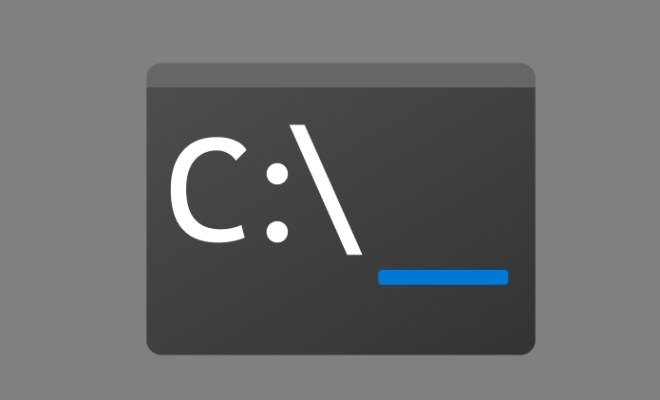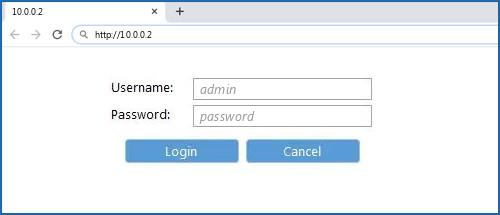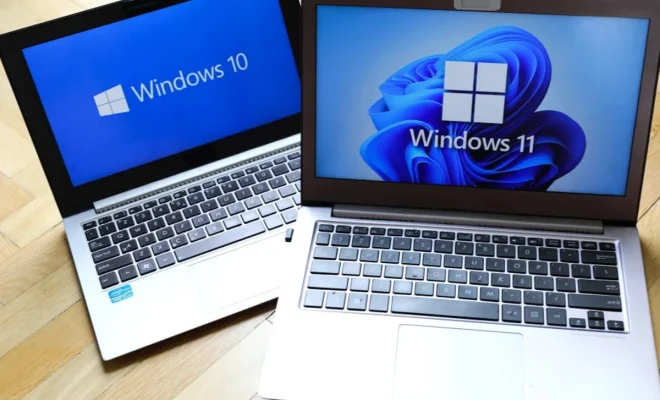Essential Windows CMD Commands You Should Know

As a Windows user, there are some essential CMD (Command Prompt) commands that you should know. These commands can help you quickly perform various tasks, troubleshoot problems, and manage your system more efficiently. In this article, we will discuss some of the essential CMD commands you should know.
- CD (Change Directory):
The CD command is used to change the current working directory in the Command Prompt. For example, to change the directory to the Desktop, simply type “cd desktop” and press enter.
- Dir (Directory):
The DIR command is used to list the files and folders in the current directory. To see a list of all files and subdirectories in the current directory, type “dir” and press enter.
- Ping:
The PING command is used to test the connectivity between two computers over a network. To use the Ping command, type “ping” followed by the IP address or hostname of the computer you want to test.
- Ipconfig:
The IPCONFIG command is used to view the IP address, subnet mask, and default gateway of your computer. To use the ipconfig command, type “ipconfig” and press enter.
- Tracert:
The TRACERT command is used to trace the network path from your computer to a remote host. To use the Tracert command, type “tracert” followed by the IP address or hostname of the remote host.
- Tasklist:
The TASKLIST command is used to view the list of running processes on your computer. To use the tasklist command, type “tasklist” and press enter.
- Netstat:
The NETSTAT command is used to view the current network connections and the status of each connection. To use the Netstat command, type “netstat” and press enter.
- Shutdown:
The SHUTDOWN command is used to shut down or restart the computer from the Command Prompt. To use the Shutdown command, type “shutdown” followed by the appropriate command, such as “shutdown /s” to shut down the computer.
- Systeminfo:
The SYSTEMINFO command is used to view the system information of your computer, such as the operating system version, processor information, and system uptime. To use the Systeminfo command, type “systeminfo” and press enter.
- Sfc /Scannow:
The SFC /SCANNOW command is used to scan the system files on your computer and repair any corrupted files. To use the SFC /SCANNOW command, type “sfc /scannow” and press enter.






